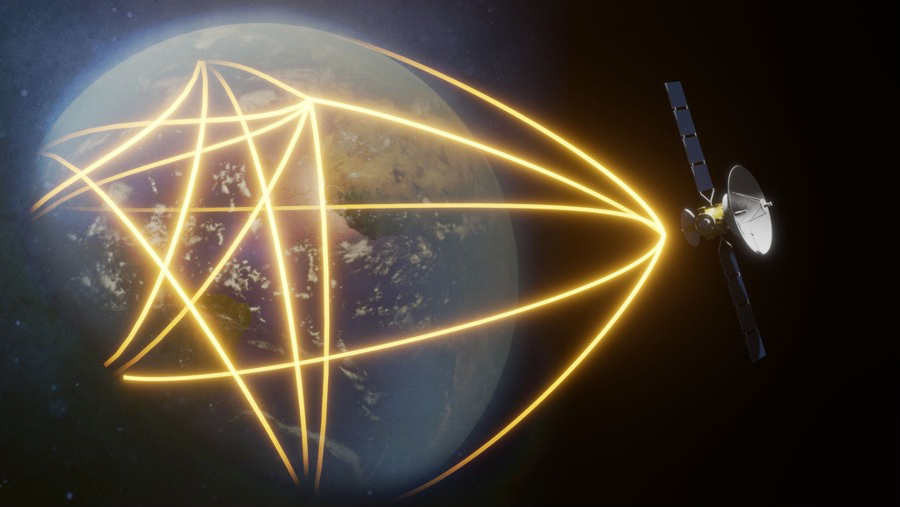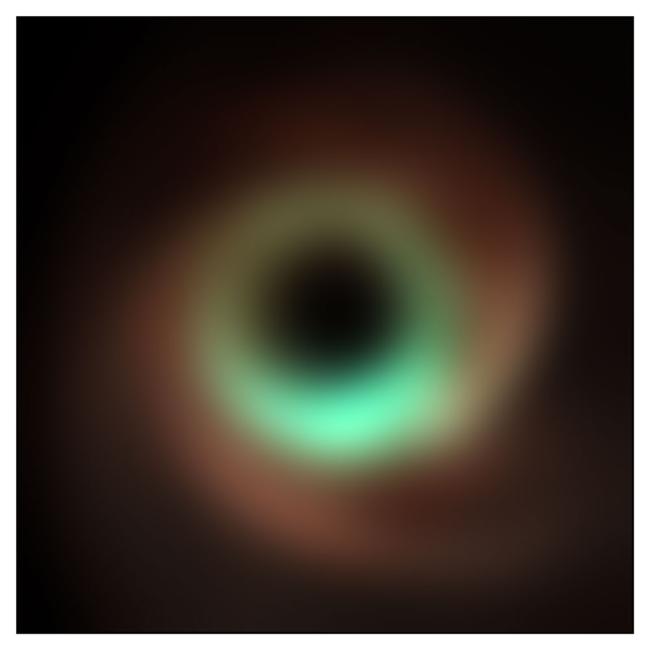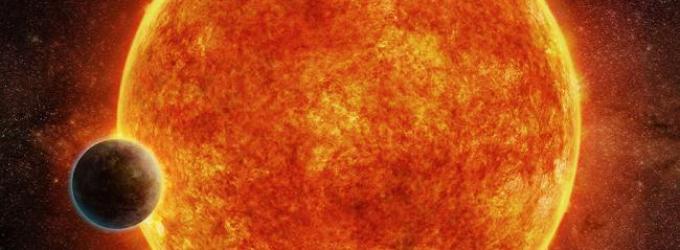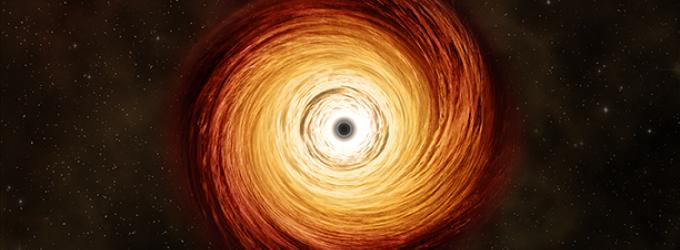
Black Hole Explorer Hopes to Reveal New Details of Supermassive Black Holes
Overview Scientists at the Center for Astrophysics | Harvard & Smithsonian’s (CfA) Black Hole Initiative (BHI) are at the forefront […]

Overview Scientists at the Center for Astrophysics | Harvard & Smithsonian’s (CfA) Black Hole Initiative (BHI) are at the forefront […]
As a publicist, my role is to help communicate amazing things to journalists and the public, and often times that includes a press release. Not every press release gets a review on this site, but the sheer volume deserves some attention.

Using the Event Horizon Telescope (EHT), astronomers have achieved very-long-baseline interferometry test observations at 345 GHz, the highest-resolution such observations ever obtained from the surface of Earth. Scientists estimate that the breakthrough will result in a remarkable 50% increase in detail, sharpening images and observations of black holes and their surrounding regions.

Astrophysicist Avi Loeb, member of the President’s Council of Advisor’s on Science and Technology (PCAST) contacted me for help in spreading the word about the world’s first-ever grant for non-radio technosignatures. The news was picked up by USA Today, and twice by Forbes.

Scientists at the Center for Astrophysics | Harvard & Smithsonian, and the Black Hole Initiative (BHI), have shed light on how black holes grow over time by developing a new model to predict if growth by accretion or by mergers is dominant, according to the results of a study presented today at the virtual 236th meeting of the American Astronomical Society and published simultaneously in The Astrophysical Journal.